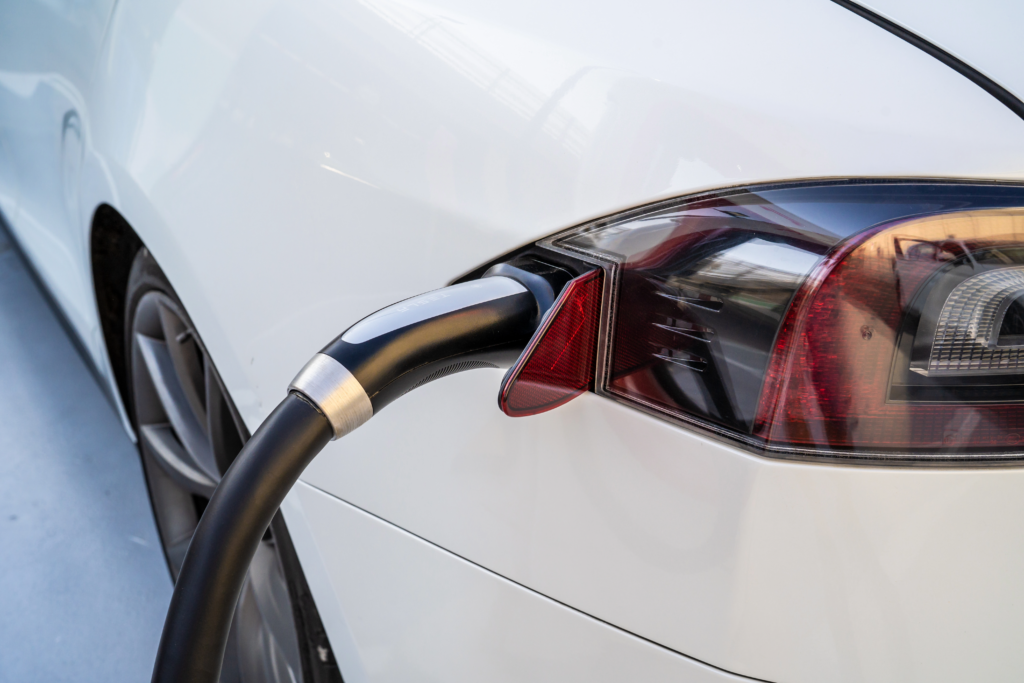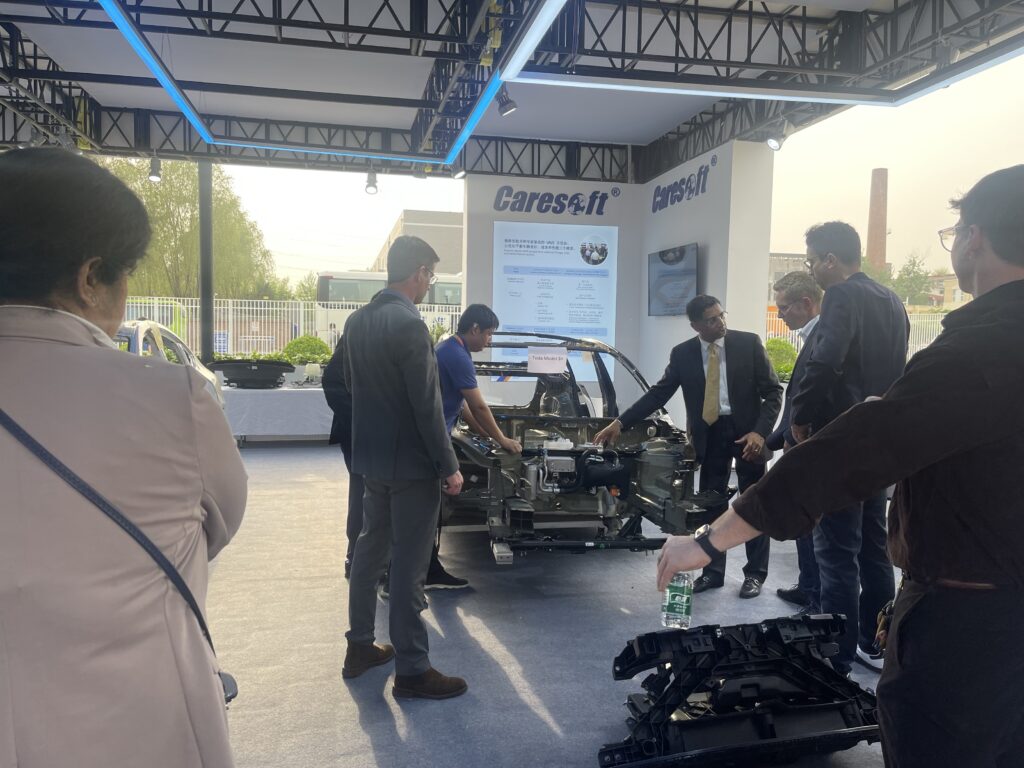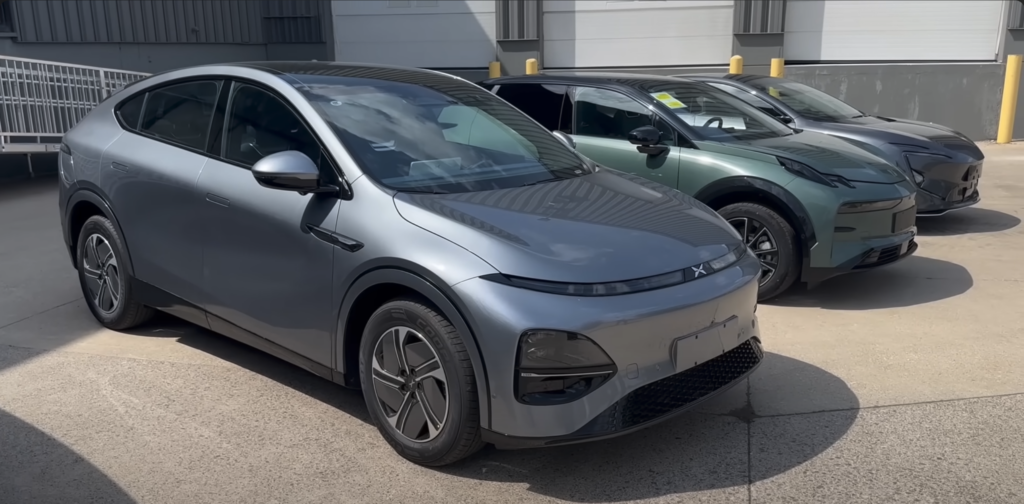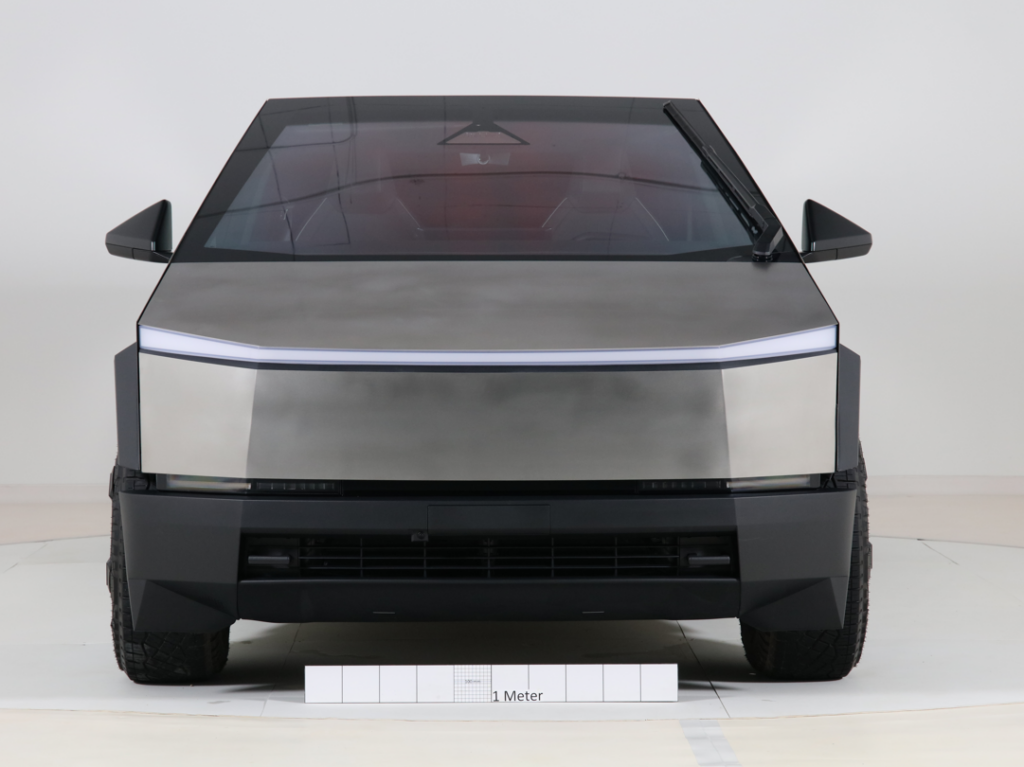The Rapid Evolution of Electric Mobility
The global automotive industry is currently undergoing a profound transformation. This transformation is being driven by technological innovations, regulatory shifts, and changing consumer preferences. Among these trends, electric mobility has emerged as a focal point, heralding a new era in transportation. In our most recent webinar, we presented an insightful analysis of the evolving technology trends in electric mobility, drawing from our observations and experiences at Auto China 2024 (Beijing Auto Show). This article synthesizes the key points from the presentation, offering a comprehensive overview of the current and future landscape of electric vehicles (EVs).
Watch the Webinar
Catch up on the webinar now.
The electric vehicle (EV) market has been characterized by rapid technological advancements, particularly in the areas of vehicle architecture, battery technology, and powertrain systems. Our presentation highlights several key trends in electric mobility, with a specific focus on Tesla’s innovations and the broader market trends observed at Auto China 2024.
Tesla’s Pioneering Advancements

Tesla has consistently set the pace in the EV industry, with its relentless focus on innovation and efficiency. One of the most significant advancements highlighted was the evolution of Tesla’s vehicle architecture, particularly with the Model Y. The progression from a two-piece casting at the rear in 2020 to a single casting at the rear and front, with no floor in the Austin Model Y, exemplifies Tesla’s commitment to reducing vehicle weight and complexity. This design change resulted in a 14% improvement in range, a 10% reduction in mass, and the elimination of 370 parts.
Moreover, Tesla’s structural battery pack integration, which merges the battery and the body into a single structure, was emphasized as a critical innovation. This integration not only enhances the vehicle’s range and reduces mass but also simplifies the manufacturing process, leading to cost savings and increased production efficiency.
Modular Evolution and Body Engineering
Another significant trend in electric mobility is the shift towards modular vehicle architectures. Tesla’s approach to modularity, particularly in body engineering, was highlighted in the presentation. The company’s use of mega castings for the front and rear of the Model Y significantly reduces the number of parts and the complexity of assembly. This modular approach not only improves manufacturing efficiency but also enhances vehicle performance by reducing weight and increasing structural rigidity.
We also note the advancements in thermal management systems, with Tesla integrating multiple components such as compressors, chillers, and coolant tanks into a single module. This integration reduces the number of components, saving space and weight while improving the vehicle’s overall thermal efficiency.
Insights from Auto China 2024
Auto China 2024, held in Beijing, provided a platform for global automotive manufacturers to showcase their latest innovations. The event featured over 500 exhibitors, including approximately 75 global OEMs, with a significant presence of Chinese automakers. The show underscored the rapid pace of innovation in China’s automotive market, particularly in the realm of electric mobility.

Key Vehicle Launches and Concepts
One of the standout moments of the event was the launch of Xiaomi’s first EV model, the SU7. The vehicle, available in three trims, boasts an impressive range of up to 800 km, powered by CATL’s NMC Qilin battery. Xiaomi’s emphasis on connectivity and intelligence, with deep integration into its broader ecosystem of smartphones and home appliances, positions the SU7 as a formidable player in the EV market.
BYD, another major Chinese automaker, showcased several new models, including the Seal 06 DM-i and the Yangwang U9. BYD’s vehicles are known for their innovative battery technologies and integrated powertrain systems, which have set new benchmarks in the industry.
Other notable launches included IM Motors’ L6 EV, expected to feature a semi-solid-state battery, and the Denza Z9 GT EV. These vehicles highlight the growing focus on advanced battery technologies and the integration of artificial intelligence (AI) in vehicle systems.

Technology Trends in Electric Mobility
Auto China 2024 also served as a showcase for the latest technological trends in the automotive industry. One of the most significant developments was the advancement of autonomous driving systems, with Chinese automakers leading the charge. The integration of AI into vehicle systems, such as intelligent chassis and steering-by-wire technology, reflects the industry’s shift towards software-defined vehicles (SDVs). These systems are expected to become more prevalent in the coming years, as automakers strive to offer higher levels of automation and enhanced driving experiences.
Battery technology also featured prominently at the show, with several automakers unveiling new advancements. CATL, a leading battery manufacturer, introduced the Shenxing-Plus Fast Charging Battery and a new material system battery that combines magnesium, zinc, and aluminium. These innovations promise to extend the range of EVs while reducing charging times, addressing two of the most significant challenges facing the electric mobility market.

The Rise of Integrated Powertrains
The trend towards integrated powertrains was another key theme at Auto China 2024. Automakers are increasingly moving towards combining multiple components, such as e-motors, inverters, and power electronics, into a single, integrated system. This approach offers several benefits, including improved efficiency, reduced weight, and lower costs.
For example, BYD’s 8-in-1 electric powertrain system, which integrates eight key components into a single unit, was showcased as a groundbreaking innovation. This level of integration not only optimizes space utilization but also enhances energy efficiency, setting a new standard for the industry.
Benchmarking the Tesla Cybertruck
Our presentation also included an in-depth analysis of the Tesla Cybertruck, focusing on its unique design and engineering features. One of the most notable aspects of the Cybertruck is its body-in-white (BIW) construction, which utilizes giga castings for both the front and rear of the vehicle. Despite the use of these massive castings, Tesla has managed to significantly reduce the BIW weight ratio relative to the total vehicle weight, resulting in improved performance and efficiency.
The Cybertruck’s 48V architecture was another highlight of the benchmarking study. By moving to a 48V system, Tesla has reduced the current required for the same power output, leading to lower resistive losses and improved overall efficiency. This shift is part of a broader trend towards higher voltage systems in electric vehicles, which offer numerous advantages in terms of performance and efficiency.

The Future of Electric Mobility
These insights we have shared, coupled with the innovations showcased at Auto China 2024, paint a clear picture of the future of electric mobility. The industry is moving towards more integrated, modular, and software-driven vehicle architectures, with a strong emphasis on efficiency, performance, and sustainability.
As automakers continue to innovate and push the boundaries of what is possible, the electric vehicle market is set to grow rapidly in the coming years. From advancements in battery technology and powertrain integration to the rise of autonomous driving systems, it is clear that the future of mobility is electric.
In conclusion, the trends that we highlighted in our presentation and observed at Auto China 2024 underscore the rapid evolution of electric mobility. As the industry continues to innovate, consumers can expect to see increasingly sophisticated and efficient electric vehicles on the market, driving the world towards a more sustainable and connected future.
Disclaimer:
The content provided on this blog is for informational purposes only and should not be construed as professional advice. While we strive to ensure the accuracy of the information presented, Caresoft Global makes no warranties, either express or implied, about the completeness, reliability, or accuracy of the content on this blog. Some information may be outdated, obsolete, or inaccurate, and we strongly recommend that you independently verify any information before relying on it. Any action you take based on the information provided on this blog is strictly at your own risk. Caresoft Global will not be liable for any losses or damages in connection with the use of our blog. Links to third-party websites are provided for convenience and informational purposes only; they do not constitute an endorsement or approval by Caresoft Global of any products, services, or opinions of the corporation, organization, or individual.
